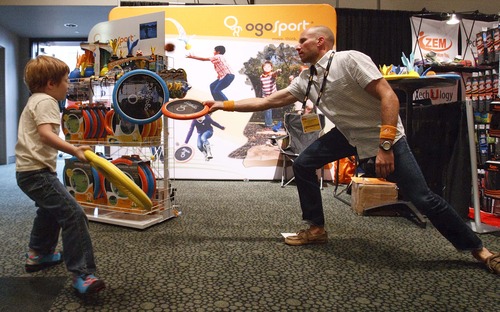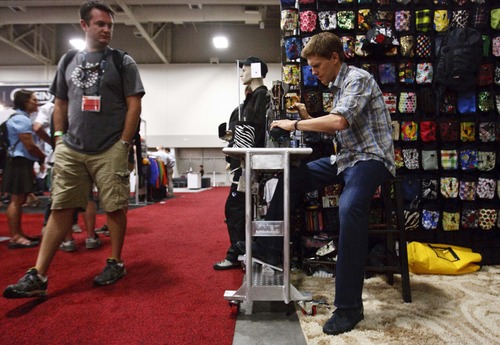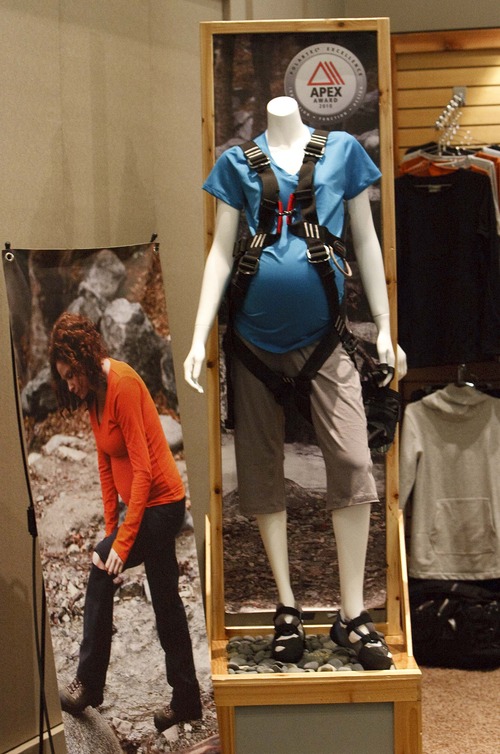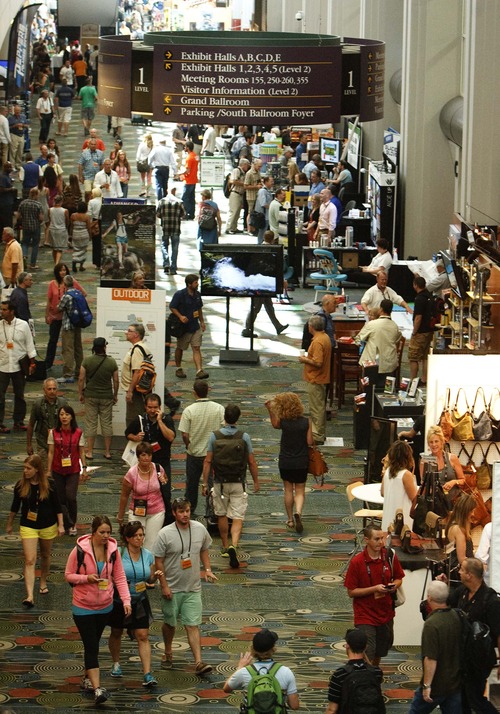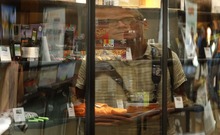This is an archived article that was published on sltrib.com in 2013, and information in the article may be outdated. It is provided only for personal research purposes and may not be reprinted.
Iconic pictures and advertisements of climbers hanging off a rock face by a fingernail, base jumpers leaping off a cliff or surfers riding enormous waves might appeal to extreme outdoor enthusiasts. But they could be scaring off millions of potential customers.
That was the message a California-based design and innovation firm called IDEO and staffers Clark Scheffy, Kate Lydon, Jill Levinsohn and Tracy DeLuca brought to retailers and manufacturers attending the Outdoor Retailer Summer Market trade show that opened Wednesday at the Salt Palace in Salt Lake City.
The firm is in what it calls "the question-asking phase" of determining why potential customers may not be buying outdoor products, especially in urban areas.
Early research presented at the Outdoor Industry Association's annual breakfast shows that some traditional advertising that features extreme sports and athletes might actually be scaring off people who enjoy the outdoors in milder ways.
As one presenter put it, many potential retail customers are finding the outside by simply walking out their front doors. Their experiences might involve rooftop camping, backyard bird watching, walking an urban trail, planting a small garden or fishing at an urban pond.
Many of these people find themselves intimidated by basic gear that might seem difficult to use, don't know anyone they can trust to guide them into the outdoors, are afraid they could get hurt or don't even try due to feelings of potential failure and embarrassment.
One person featured in a video presentation said she liked the outdoors but didn't like nature all that much.
Lydon said many people are looking for a place to enjoy a five-minute walk in a city park as opposed to a three-hour drive to a state park. Some might define their desires as more "outsidey" than "outdoorsy."
"We need to invite people into the process by providing an easy way in," she said. "We need to make things closer and find simple ways to get people out."
IDEO's mission is to help organizations innovate and grow by uncovering latent needs, behaviors and desires. As part of its ongoing outdoor retail study, presenters asked those attending the trade show to write down questions or ideas about how to reach those with nontraditional ideas of outdoor recreation.
The group shared some preliminary ideas.
One involved bringing products to places such as parks or trails through the use of "gear trucks" selling basics. These trucks would be similar to food trucks and carts that can be seen in most urban areas. Another idea was for retailers to offer classes on basic outdoor skills such as knot tying or building a campfire.
Retailers were told they should become a hub where newbies or those intimidated by more extreme sports might come to be educated.
One suggestion involved providing expertise on nearby outdoor or camping activities and even helping customers navigate the Internet to teach them how to make a camping reservation.
Some store owners have found potential customers are intimidated by gear that is too complex or takes up too much space. A way to solve this might be for retailers to provide storage lockers or even to rent outdoor gear to urban residents whose apartments may not be large enough to store equipment.
Outdoor Retailer's Summer Market is a not-open-to-the-public trade show that runs through Saturday at the Salt Palace and is expected to bring 27,000 people into the Salt Lake area.
Twitter @tribtomwharton


